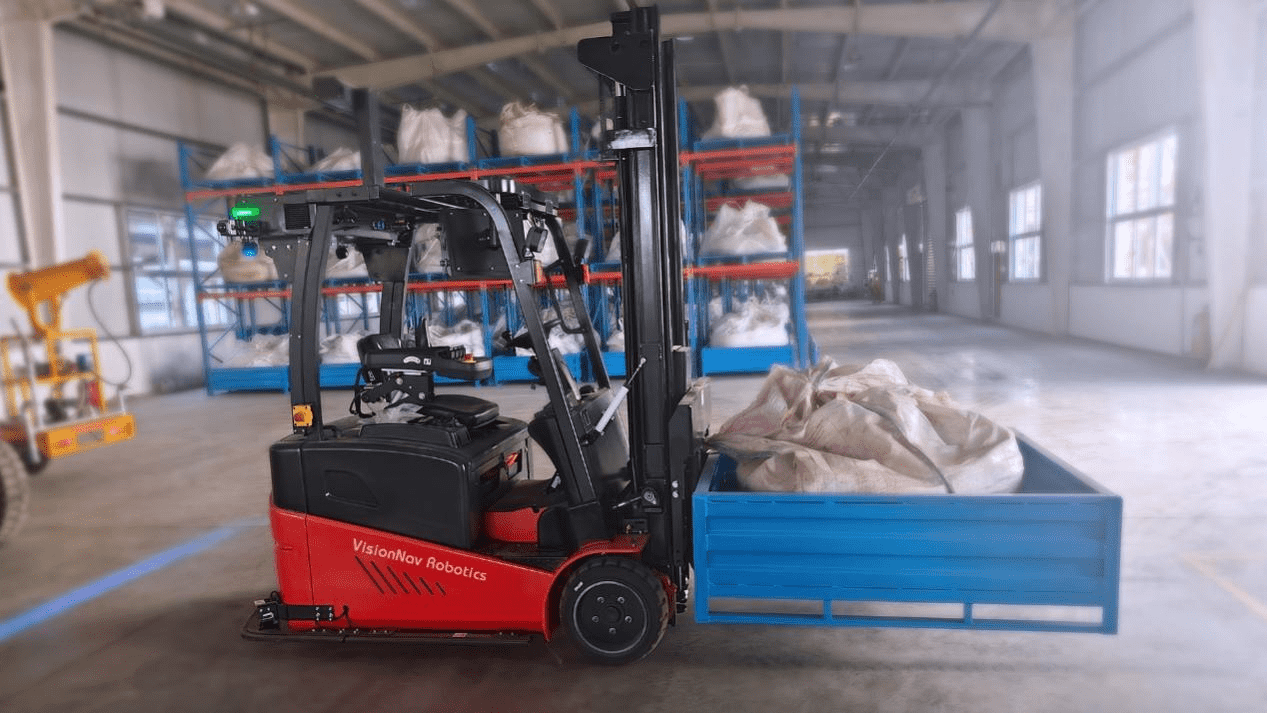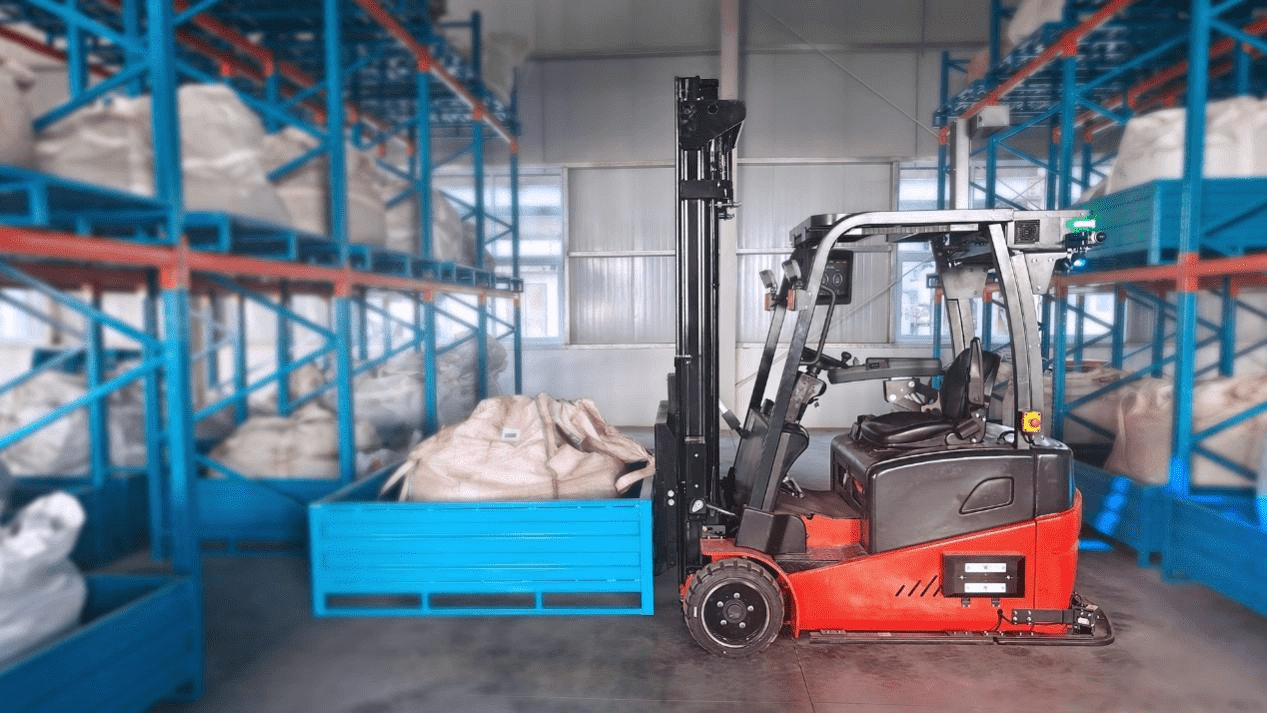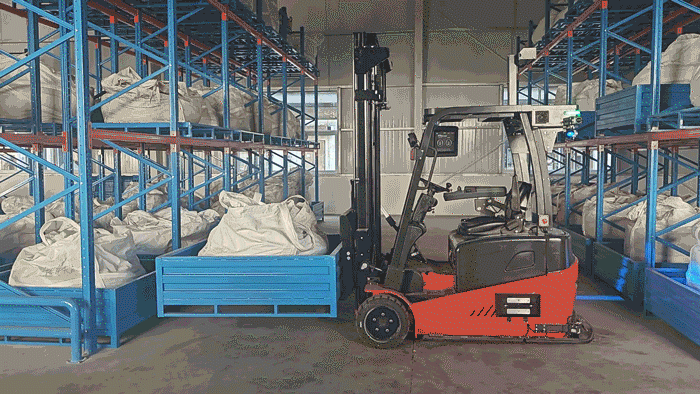Non-ferrous metals are known for their cost-effectiveness, lightweight properties, ready availability, and ease of recyclability, making them an environmentally friendly choice. Factors such as increased utilization in the automotive and construction industries, advancements in coatings and treatments, a shift towards sustainable production and recycling methods, and growth in the electrical and electronics industry are propelling the market forward.
According to Research and Markets, the global non-ferrous metal production and processing market is projected to grow from $1,062.28 billion in 2021 to $1,187.55 billion in 2022, reflecting a compound annual growth rate (CAGR) of 11.8%. Further growth is anticipated, with the market expected to reach US$1,459 billion by 2028, exhibiting a CAGR of 5.1% during the forecast period from 2023 to 2028.
In line with this trend, non-ferrous metal companies globally are embracing various technologies, including robotics, and advanced control systems, to enhance their intralogistics processes.

VisionNav Solution
VNE 20 Counterbalance Truck AGV + RCS 2.0
In a recent case, VisionNav played a pivotal role in helping a non-ferrous metals client establish a sustainable workflow. This was achieved through the integration of the VNE 20 Counterbalance Truck AGV and RCS 2.0, featuring advanced plane transportation and warehousing operations.

Logistics Better
The project site is strategically divided into an indoor shelving area, charging standby area, outdoor temporary sorting area, and sorting area. The VNE20 autonomous forklift, designed for picking up material boxes, boasts specifications of 1500*1500*500mm, with a maximum weight capacity of ≤1.5 tons per pallet.
Warehousing Excellence
Upon the arrival of materials in the sorting area, a meticulous manual identification process is initiated to input details such as specifications, types, and quantities of the goods. This information is seamlessly linked to the warehouse management system, triggering a warehousing demand. The RCS promptly generates a warehousing task, assigning it to the VNE20. The autonomous forklift is dispatched from the sorting area to pick up the materials and efficiently transport them to the designated location in the shelving area.
Optimizing Outbound Operations
In instances where there is a demand for outbound materials in the sorting area, manual operations take place on the RCS frontend. This involves the selection of materials based on specified specifications and quantities, the generation of task instructions, and their transmission to the VNE20 autonomous forklift. The forklift then navigates to the shelving area, retrieves the designated goods, and transports them to the outdoor sorting area, completing the outbound process. Dynamic updates of material movements between the shelving area and the system are synchronized seamlessly.

This transformative collaboration with VisionNav exemplifies the industry's commitment to sustainability and the integration of cutting-edge technologies to enhance operational efficiency in the non-ferrous metals sector. The implementation of the VNE20 autonomous forklift system has already proven to be a game-changer in optimizing warehousing and outbound operations, leading to increased productivity and cost savings. With its advanced features such as precise navigation, high load capacity, and seamless integration with warehouse management systems, this state-of-the-art solution sets a new industry standard for warehousing excellence.